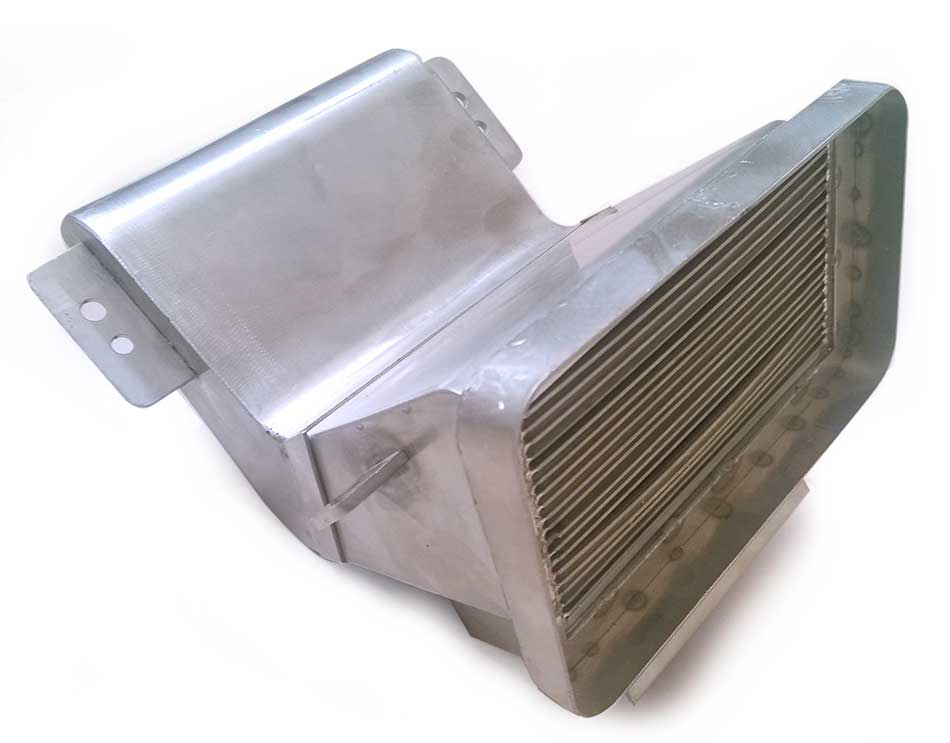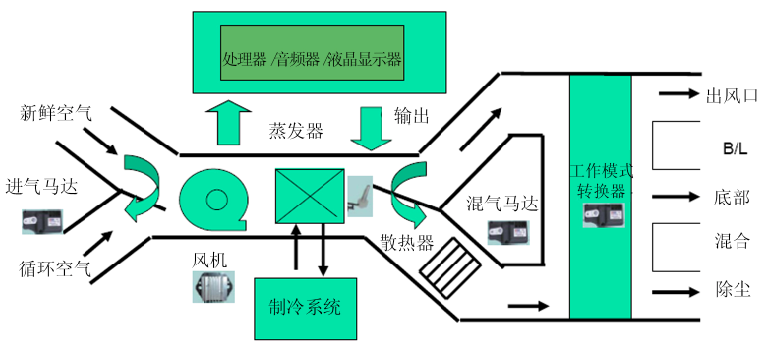Product Introduction
According to the China Air Monitoring Center, nearly 90% of cars have excessive levels of formaldehyde or benzene in the air inside the car, which pose a serious threat to human health. Our ultraviolet air purification system effectively solves this problem by utilizing the principles of photochemistry, photoplasma, and photoionization to purify and disinfect toxic substances inside the car, with a purification rate of over 95%. It has the advantages of thorough purification, no secondary pollution, energy saving, low cost, and widespread sterilization, so it is increasingly valued by people
technical parameter
Our company has developed a series of air purifier products using our proprietary core technology "Light Plasma Integrated Technology", including car mounted air purifiers, home/office air purifiers, commercial air purifiers, etc. The main function is to kill bacteria, viruses, and other microorganisms in the air; Degradation of total organic volatile compounds (TOVC) such as formaldehyde, benzene, and ammonia. The testing results of the main products by national authoritative departments show that the inactivation rate of microorganisms is over 83%, and the degradation rate of total organic volatile compounds is over 95%. The specific functions are as follows:
1. Remove microbial pollutants from the air, kill and destroy bacteria, viruses, molds, and fungi in the air and on the surface of objects. At the same time, remove dead skin debris, pollen, and other disease sources from the air to reduce the spread of diseases in the air.
2. Neutralize harmful gases emitted from volatile organic compounds, formaldehyde, benzene, insecticides, misty hydrocarbons, and paint, while also achieving the effect of avoiding physical discomfort caused by inhaling harmful gases.
3. Particles in the settling air settle various inhalable suspended particles such as dust, coal dust, smoke, fiber impurities, etc. in the air.
4. Effectively eliminate strange odors and odors emitted from chemicals, animals, tobacco, cooking fumes, cooking, and garbage.

Our design is divided into two layers for air purification
1. Purification Center Direct Purification
When polluted air is drawn into the purification center by a fan, the ultraviolet light inside the center can produce a large amount of photoplasma. The photoplasma decomposes VOCs (volatile organic compounds), proteins of bacteria, viruses and other microorganisms, purifying the air.
2.After being treated by the purification center, the air is still in a state of photoplasma. When the photoplasma is sent out of the purification center, it will also have a chemical reaction with the surrounding air, decomposing VOCs and killing suspended microorganisms.
3. Highly active oxidants - hydroxyl ions have a great destructive power on organic pollutants/bacteria; It steals hydrogen atoms from organic matter and leaves behind weakened carbon ions. This steals hydrogen atoms from organic molecules to form hydroxyl groups with stronger electronic bonds and oxidizing power, and the entire process of destruction and formation of new hydroxyl groups is transformed into a chain reaction, ultimately continuing to deplete organic pollutants/bacteria.
conceptual design
We can design ultraviolet air purification products according to the specific needs of different car models and customers. And modularize the product for easy installation, disassembly, and maintenance. At the same time, we also considered factors such as wind resistance, air treatment time, and the impact of ozone concentration on people and in car equipment, and carried out targeted optimization design for the product to make it as perfect and reliable as possible.
We applied fuzzy control and adaptive algorithms to achieve adaptive adjustment of the ultraviolet air purifier. The principle is that the gas sensor feeds back the concentration of ozone, the flow rate of the mixed gas, and the concentration of volatile carcinogenic organic compounds such as benzene and toluene in the air inside the car to the microprocessor. After processing these data by the CPU, control commands are issued, and the system will automatically adjust the concentration of ozone in the car and the intensity of treatment for toxic gases, purifying the air inside the car to the optimal and maximum extent, truly achieving efficient, thorough, and safe purification of the air inside the car without secondary pollution. The schematic diagram is as follows

Different car models have different air conditioning structures. We design different ultraviolet air purification products based on the different structures of the air conditioning, and try to make installation, disassembly, and maintenance as convenient as possible. At the same time, factors such as the purification treatment time of polluted air should also be considered.
The schematic diagram and physical image of the car air conditioning circuit are shown in Figures 10 and 11. The specific plan is as follows:

Option 1:
Install the ultraviolet air purifier in the return air duct of the air conditioner, leaving enough space (calculated) for purifying the polluted air passing through the purification center. This method only purifies the air inside the car. The advantage is that it is easy to install and does not require changing the structure of the air conditioner; The disadvantage is that the air outside the car is not purified thoroughly.
Option 2
Install a UV air purifier in each of the external air inlet and return air channels of the air conditioner to purify the air drawn in from the outside and the return air inside the car. The advantage is thorough purification, which can fully ensure the cleanliness and freshness of the air inside the car, and there is no need to change the structure of the air conditioner; The disadvantage is that the installation is relatively complex. Moreover, the cost is higher.
Option 3:
Install the ultraviolet air purifier at the rear end of the air conditioner evaporator, which is the mixed air area. The advantage is thorough purification, which can fully ensure the cleanliness and freshness of the air inside the car; The disadvantage is that the structure of the air conditioner needs to be changed, and the installation is relatively complex.

